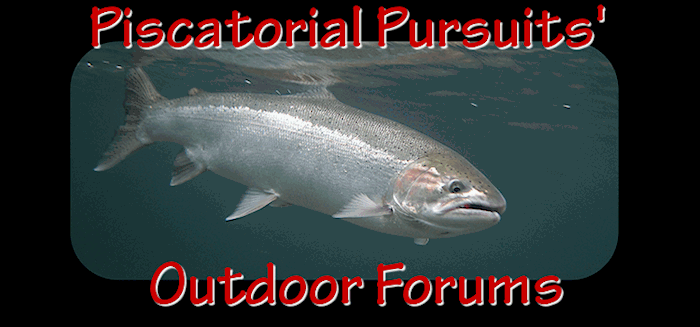Here is the policy-proposal itself, copied form the federal register:
NMFS proposes to adopt the following new
policy on the consideration of hatchery
fish in Endangered Species Act listing
determinations for Pacific salmon and
steelhead:
1. Under NMFS’ Policy on Applying
the Definition of Species under the
Endangered Species Act to Pacific
Salmon (ESU policy)(56 FR 58612;
November 20, 1991), a distinct
population segment (DPS) of a Pacific
salmonid species is considered for
listing if it meets two criteria: (a) it must
be substantially reproductively isolated
from other conspecific population units;
and (b) it must represent an important
component in the evolutionary legacy of
the species. A key feature of the ESU
concept is the recognition of genetic
resources that represent the ecological
and genetic diversity of the species.
These genetic resources can reside in a
fish spawned in a hatchery (hatchery
fish) as well as in a fish spawned in the
wild (natural fish).
2. In delineating an ESU to be
considered for listing, NMFS will
identify all populations that are part of
the ESU, including populations of
natural fish (natural populations),
populations of hatchery fish (hatchery
fish), and populations that include both
natural fish and hatchery fish (mixed
populations). Hatchery fish with a level
of genetic divergence between the
hatchery stocks and the local natural
populations that is no more than what
would be expected between closely
related populations within the ESU (a)
are considered part of the ESU, (b) will
be considered in determining whether
an ESU should be listed under the ESA,
and (c) will be included in any listing
of the ESU.
3. Status determinations for Pacific
salmonid ESUs will be based on the
status of the entire ESU. In assessing the
status of an ESU, NMFS will apply this
policy in support of the conservation of
naturally-spawning salmon and the
ecosystems upon which they depend,
consistent with section 2(b) of the ESA.
16 U.S.C. 1531(b). Natural populations
that are stable or increasing, are
spawning in the wild, and have
adequate spawning and rearing habitat
reduce the risk of extinction of the ESU.
Such natural populations, particularly
those with minimal genetic contribution
from hatchery fish, can provide a point
of comparison for the evaluation of the
effects of hatchery fish on the likelihood
of extinction of the ESU.
4. Status determinations for Pacific
salmonid ESUs generally consider four
key attributes: abundance, productivity,
genetic diversity, and spatial
distribution. The effects of hatchery fish
on the status of an ESU will depend on
which of the four key attributes are
currently limiting the ESU, and how the
hatchery fish within the ESU affect each
of the attributes. The presence within an
ESU of hatchery fish with a level of
genetic divergence between the hatchery
stocks and the local natural populations
that is no more than what would be
expected between closely related
populations within the ESU can affect
the status of the ESU, and thereby, affect
a listing determination, by contributing
to increasing abundance and
productivity of the ESU, by improving
spatial distribution, and by serving as a
source population for repopulating
unoccupied habitat. Conversely, a
hatchery program managed without
adequate consideration of its
conservation effects can affect a listing
determination by reducing genetic
diversity of the ESU and reducing the
productivity of the ESU. In evaluating
the effect of hatchery fish on the status
of an ESU, the presence of a long-term
hatchery monitoring and evaluation
program is an important consideration.
5. Hatchery programs are capable of
producing more fish than may be
immediately useful in the conservation
and recovery of an ESU and can play an
important role in fulfilling trust and
treaty obligations with regard to harvest
of some Pacific salmonid populations.
For ESUs listed as threatened, NMFS
will, where appropriate, exercise its
authority under section 4(d) of the ESA
to allow the harvest of listed hatchery
fish that are surplus to the conservation
and recovery needs of the ESU in
accordance with approved harvest
plans.













 Previous Topic
Previous Topic Index
Index


